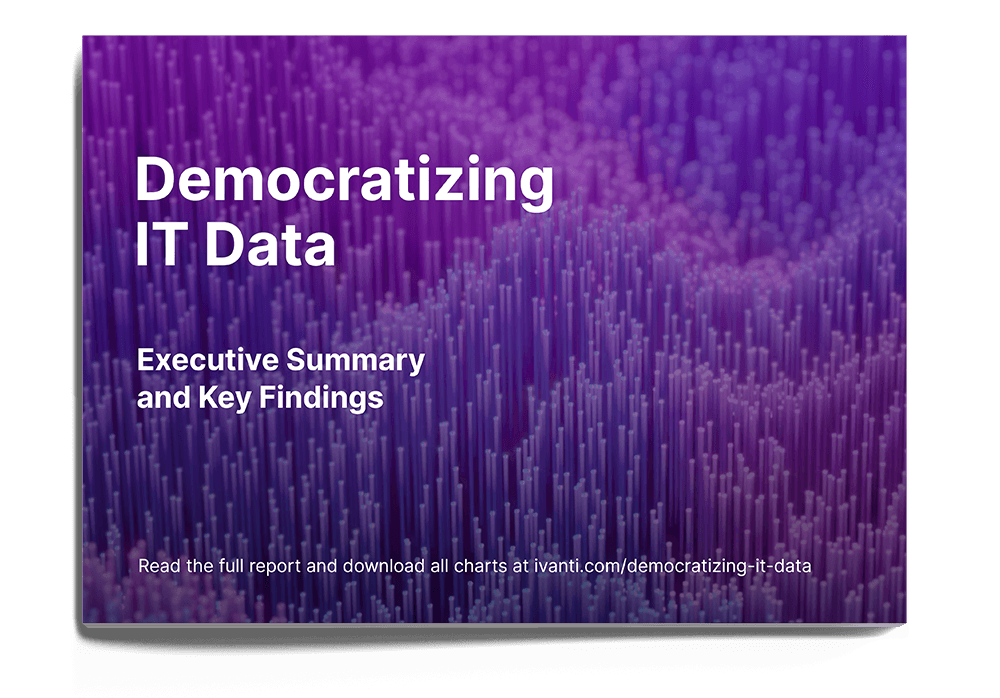Drive greater efficiency by focusing on your “data fabric”

Dr. Srinivas Mukkamala
Chief Product Officer, Ivanti
Your devices, users, software … everything produces data and telemetry. All that data needs to be woven into a so-called “data fabric” — a unified, accessible view of your organization’s data from different systems, teams and sources. Your single source of truth.
Once you have that data fabric in place, you can then apply AI and analytics to comb through all those millions of data points, making connections and mining deep insights that humans alone cannot.
The best way to optimize workflows and remove friction is to first build that data fabric. Define the key problems you want to solve, then build solutions on top of that unified data foundation. Don’t expect magical efficiencies just from buying a product — you need that underlying data fabric strategy. 80% of the value will come from integrating your core data sources, but the remaining 20% will be very specific to your organization’s needs. So start by understanding what data you have and where, then weave it into a fabric. Within that, define the lanes for different teams to access what they need. If it’s operations data, the ops team owns it. If it’s security data, that’s the security team’s domain. But they’re all building on that same unified data fabric as the foundation. That’s how you enable true enterprise automation and efficiency.



